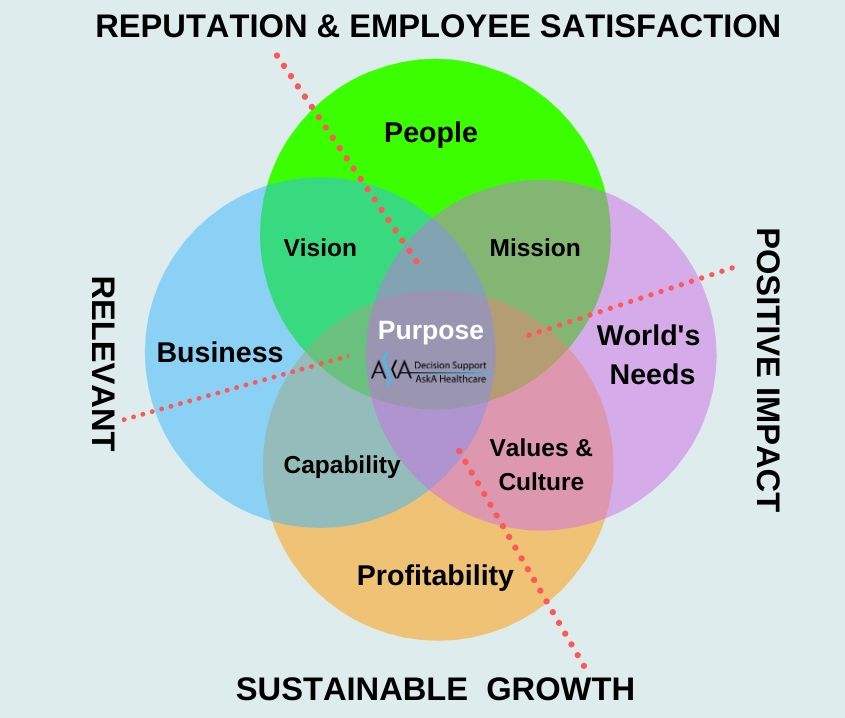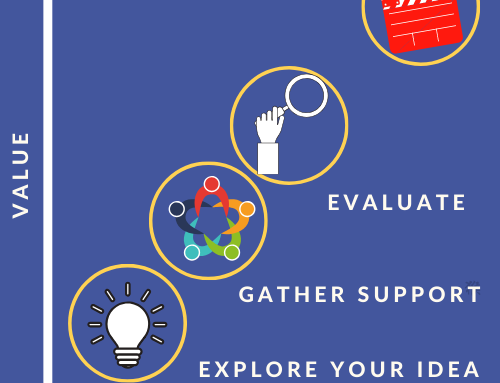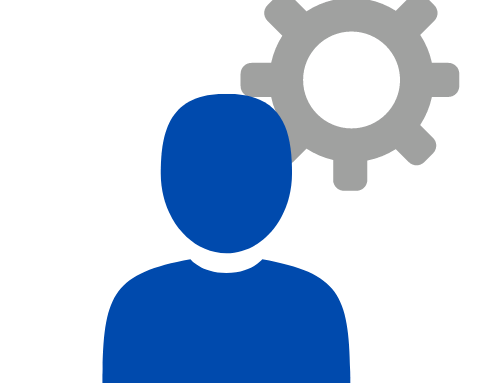How ikigai changed the outlook of what I do?
My background:
Having been an independent management consultant for some time, you get free times in between projects. The free time gives you a chance to dream and reflect on how to make a real contribution to society.
One of the good things about being a management consultant is that I get to choose (to some extent) challenging problems. However, the downside is that one does not always get to see the full benefits of the work they perform as a consultant.
The reason for not being present to see the benefits is because as “project staff”, we move on to different challenges, and the benefits of the work are mostly enjoyed by those who hired the consultant in the first instance.
With regards to the work we do, the real results will vary depending on the projects. Usually, outcomes of the consulting work could result in 3 types of ends, and they are:
- The client takes recommendations and acts on them to drive full benefits to their organisation.
- The client uses the advice from the consultant to their advantage to prove a point that they already knew.
- There are times the client does not act on recommendations because of lack of resources or other circumstantial reasons.
There is also the fourth scenario which is mostly visible to consultants only and not for our clients. This view is the endless possibilities to help our client’s organisations as a result of dedicated research as well as getting to know the client’s business through “a different set of lenses”. This scenario begs the question in the consultant’s mind – if the work completed was purposeful or not?
Having experienced this scenario many times, I have been unwittingly searching for purpose in the work we do, until I came across the book titled ikigai (Garcia, H) during a business trip at an Airport Book shop.
I was immediately fascinated and wanted to research everything about it and how it applies to my life and my work.
What I discovered helped to bring into focus a “meaning of the work I do” that I had to work hard to understand on my own.
What is Ikigai?
Ikigai (pronounced “icky-guy”), is a Japanese term that roughly translates to “reason for which you wake up in the morning.”
ikigai is essentially a framework for understanding the purpose in life. This framework has four foundational elements and overlapping of those four elements, and at the intersection of all four aspects, emerges the “the purpose in life” or “purpose in what you do”.
The four foundational elements are:
- What do you love?
- What does the world need?
- What can you be paid for?
- What are you good at?
The Dan Buettner popularised the term ikigai – Refer to Ted Talk: How to live to be 100+, 2009. In this Ted talk, Dan Buettner discussed the regions of the world he called the Blue Zones, small pockets of people where there is a disproportionately high percentage of older individuals living healthy, active lives well into their late 90s and 100s. During his talk, he is presenting material to support, that one of the things many of these centenarians have in common is they still have “a purpose in life”. i.e. an ikigai.
Value of ikigai for our community
Our company’s mission is to provide accessible health for all and helping care providers deliver better care to their clients or patients.
What we mean by better care is the right care, at the right time and the first time, to ensure a longer life for individuals. Hence I have chosen ikigai as “model” to help transform the outlook of my business and our client’s businesses.
To discover ikigai, you must first find what you’re most passionate about. Then find the medium (work you do as an individual or as a company) through which you can express that passion. This is something that I could relate, and I am are sure this is something that our clients can also easily understand and connects to it.
What I am passionate about is helping companies improve efficiency and effectiveness in what they do. Having specialised in supply chain optimisation within the industrial and retail sectors and successfully delivered technologically innovative solutions to those sectors, I spend my spare times researching and developing solutions for the healthcare sector as part of my work in systems engineering.
Systems engineering research combined with my industrial experience, I have been able to develop techniques that could help care providers optimise the delivery of their services. Hence this part of my business will focus on assisting care providers in optimising their services.
I have developed my passion for helping healthcare service providers from the honour of my family. My father was a physician who dedicated his life to the medical profession, and in his memory, I like to help the businesses of care providers.
Managing healthcare facilities is a complex task, and it perhaps involves a combination of scientific principles and the art of management. Service I have designed here is all about increasing the scientific component of managing the care facilities and reducing the “art’ form of governance by seeking evidence-based on data. We will discuss more of this in our future articles. But for now, let me conclude this article with a simple summary of the four foundational elements driving our mission.
ikiGai of my company mission and our vision for our clients
In conclusion, the four elements that are driving our company mission are:
=> What do I love?
I am passionate about helping care providers optimise their services so that they can deliver high-quality service to their clients and patients and while making a reasonable profit and keeping their employees happy and employed.
=>What does the world need?
We believe – Everyone deserve access to the right care at the right time and the first time.
=> What can you be paid for?
We believe, we can be paid for providing robust processes for decision making and help our clients when and where required. It is our mission to support our clients to continue to care for their clients or patients with less stress.
=> What are you good at?
We are good at optimising the flow of activities so that care providers can deliver better care for more people with limited resources.
By using a four-elements of ikigai as a socio-technical model, the work we do take on a purposeful meaning because answers to these four questions assist us in connecting different perspective of our work. Similarly, it also helps us to understand better the services our clients offer and help them achieve meaningful success in the work they do.
The figure shown as part of this blog summarises how these for elements confluence to form the purpose of the work we do.
References
Buettner, D. (2010). How to live to be 100+. [online] Ted.com. Available at: https://www.ted.com/talks/dan_buettner_how_to_live_to_be_100.
Garcia, H 2018, Ikigai : the Japanese Secret to a Long and Happy Life., Thorndike Press.
Long (2019). Ikigai: The Japanese Secret to a Long and Happy Life by Héctor García & Francesc Miralles (Notes). [online] YouTube. Available at: https://youtu.be/eLWRv_8RliQ [Accessed 5 May 2020].



